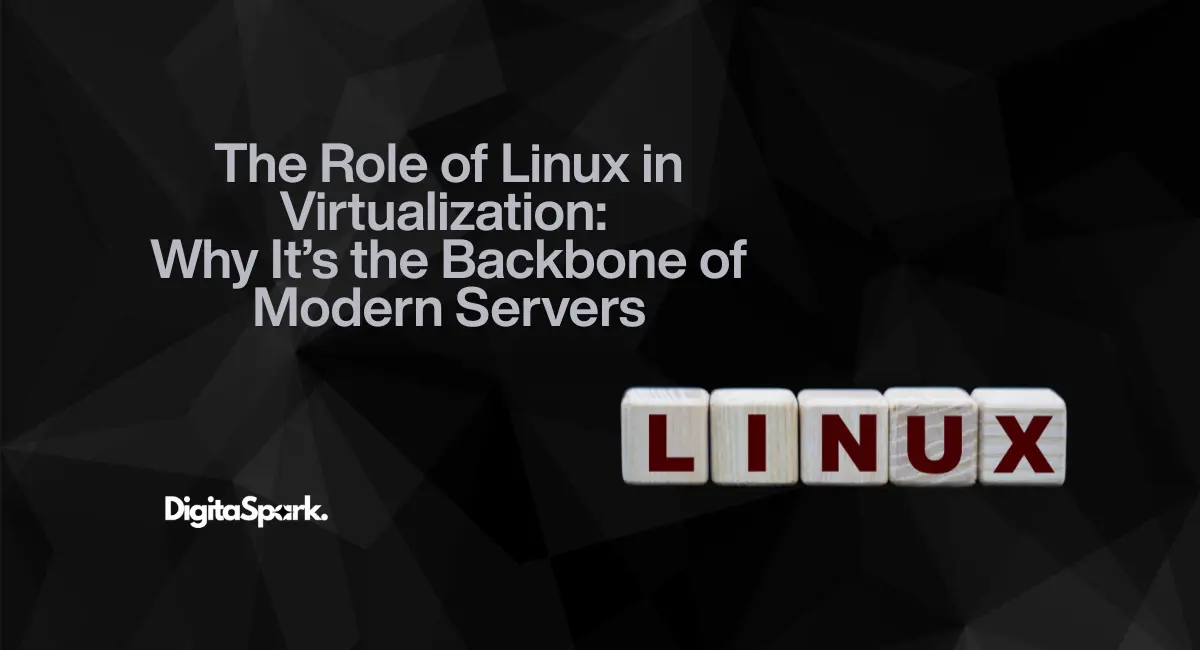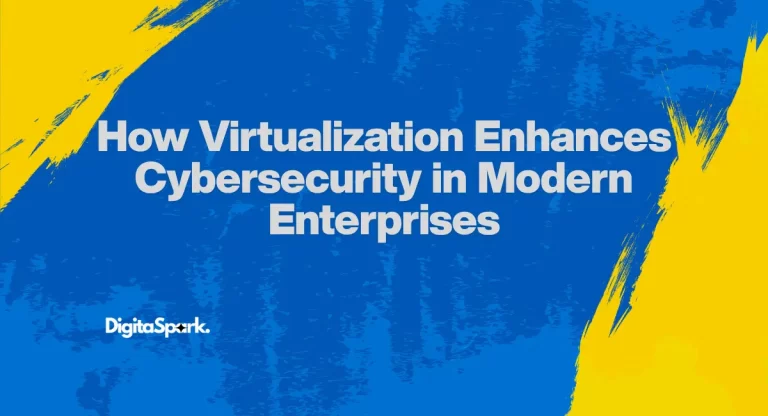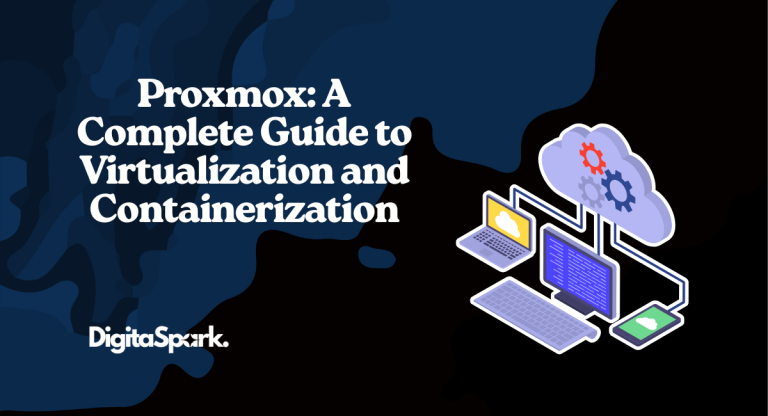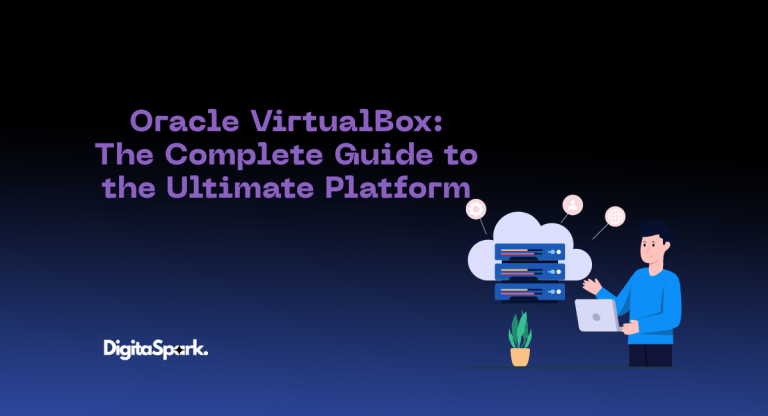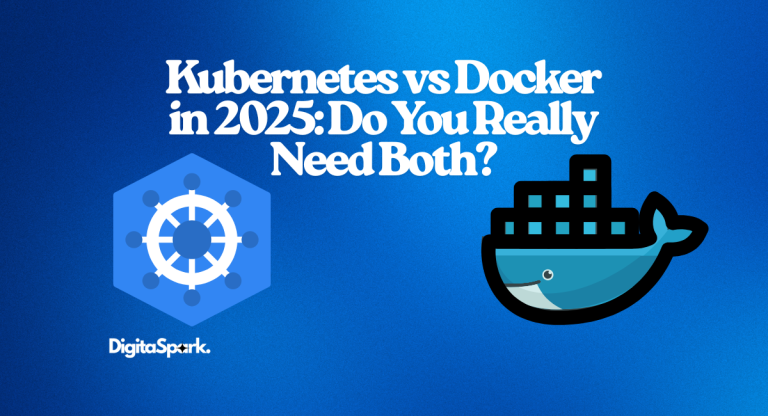The Role of Linux in Virtualization: Why It’s the Backbone of Modern Servers
If you’ve been following the world of IT and cloud computing, you’ve probably noticed one recurring theme: Linux is everywhere. It’s in your cloud, powering your containers, running in data centers, and even sitting quietly inside your smart TV. But one area where Linux truly shines—where it has quietly become the backbone of modern servers—is virtualization.
Now, virtualization itself isn’t brand new. Companies were experimenting with the concept decades ago. But here’s the thing: Linux has transformed virtualization from being an expensive, proprietary solution into something flexible, powerful, and accessible for everyone—from huge enterprises running thousands of VMs to a student experimenting on a laptop. If you’re unfamiliar with the concept of virtualization, I have written an in-depth blog about virtualization.
So, why exactly has Linux become the cornerstone of virtualization and server technologies today? Let’s break it down.
A Quick Primer: What is Virtualization?
Before we talk about Linux, let’s make sure we’re on the same page with virtualization itself. At its core, virtualization is about creating virtual versions of something—an operating system, a storage device, or even an entire network—on top of physical hardware.
Instead of dedicating a single server to a single task (which was the old-school way), virtualization allows one machine to run multiple workloads. Each workload behaves as though it’s running on its own dedicated hardware, but in reality, they’re all sharing resources.
This is what made virtualization revolutionary—it saves costs, maximizes resource usage, and provides flexibility. And guess what OS has been fueling this shift at every level? Yep, Linux.
Why Linux Became the Backbone of Virtualization
You might be wondering, “Why Linux? Why not Windows or something else?” Good question. The answer comes down to a mix of open-source culture, technical capability, and sheer adaptability.
1. Open Source Means Freedom
Linux is open source, which means anyone can view, modify, and improve the code. That’s why technologies like KVM (Kernel-based Virtual Machine) exist today. KVM literally turns the Linux kernel itself into a hypervisor—something that was once only available through expensive, proprietary solutions.
Because Linux is open, companies like Red Hat, Canonical, and SUSE have been able to build enterprise-grade virtualization platforms on top of it. At the same time, hobbyists and developers can experiment freely without worrying about licenses or restrictions.
2. Performance and Efficiency
Linux is known for being lean and efficient. Unlike some operating systems that come with a lot of overhead, Linux can be stripped down to just the essentials. This makes it ideal for virtualization because every ounce of efficiency matters when you’re running dozens (or even hundreds) of virtual machines on a single server.
When you combine Linux with lightweight hypervisors and container technologies, you get near-bare-metal performance. That’s why cloud providers like AWS, Google Cloud, and Azure rely heavily on Linux behind the scenes.
3. Flexibility and Scalability
Here’s the thing: Linux can scale up or down effortlessly. You can run it on a Raspberry Pi in your basement or across massive data centers powering global businesses. This flexibility means virtualization solutions built on Linux are equally versatile.
Need to spin up a few virtual machines for testing? Linux has your back. Need to orchestrate thousands of workloads in a Kubernetes cluster? Linux is still there, quietly doing its job.
4. Security and Stability
When you’re running critical workloads, stability isn’t negotiable. Linux has a reputation for rock-solid reliability, which is why most servers worldwide rely on it. Add to that a strong focus on security, regular patches, and the open-source community’s watchful eyes, and you get an OS that enterprises can actually trust to run their virtualized environments.
The Linux Hypervisors: KVM, Xen, and Beyond
Virtualization on Linux is powered by some key technologies. Let’s talk about them in a way that doesn’t sound like a product manual.
- KVM (Kernel-based Virtual Machine): The star of the show. KVM is built right into the Linux kernel, making it a type-1 hypervisor. That means it’s as close to the hardware as you can get. Performance is fast, integration is seamless, and it works with tools like QEMU for emulation and libvirt for management.
- Xen: Another big player, especially in cloud environments. Amazon Web Services famously used Xen for years to power its EC2 instances before gradually shifting toward KVM. Xen has a reputation for security and isolation, making it a strong choice for multi-tenant environments.
- LXC and LXD: These aren’t hypervisors in the traditional sense but are worth mentioning. They represent system-level containers that share the Linux kernel. Think of them as a step between virtual machines and Docker containers.
- Other Tools: From Proxmox VE (which wraps KVM in a user-friendly package) to VirtualBox (popular for desktop testing), Linux hypervisors and virtualization tools have made it possible for both enterprises and individuals to run virtualized workloads efficiently.
Containers: The Next Evolution of Linux Virtualization
No blog on Linux and virtualization would be complete without talking about containers. If virtualization is about creating multiple virtual machines, containers take the idea a step further by packaging applications with everything they need to run, isolated but lightweight.
And here’s the kicker: containers wouldn’t exist without Linux.
The magic behind containers—cgroups (control groups) and namespaces—are Linux kernel features. Without them, Docker, Kubernetes, and the whole container revolution simply wouldn’t exist.
Today, when people talk about microservices, cloud-native applications, or DevOps pipelines, they’re really talking about an ecosystem that depends on Linux at its core.
Linux in the Cloud Era
Take a look at the major cloud providers—AWS, Google Cloud, Microsoft Azure. What do they all have in common? Underneath their glossy dashboards and services, Linux is running most of the workloads.
AWS has Amazon Linux. Google Cloud offers its own optimized Linux images. Even Microsoft, the creator of Windows Server, embraced Linux to the point where it offers Azure-tuned Linux distributions and even joined the Linux Foundation as a platinum member.
Why? Because when it comes to virtualization at scale—millions of virtual machines running simultaneously—Linux is simply unbeatable.
Real-World Benefits of Linux Virtualization
Let’s step back from the technical side for a moment. Why does this matter to businesses, developers, or even students?
- Cost Savings: No massive licensing fees. Open source means businesses save big.
- Flexibility: Deploy anywhere, from local servers to multi-cloud.
- Community Support: Got a problem? Chances are someone in the Linux community has already solved it.
- Future-Proofing: With Linux driving both virtualization and containers, learning it now is like buying stock in tomorrow’s tech.
And honestly, if you’ve ever been up at 2 AM troubleshooting why a VM won’t start, you’ll appreciate the fact that Linux gives you the transparency to actually dig into the problem—something that closed systems often hide behind error codes.
The Future: Linux Will Keep Leading the Way
Virtualization is evolving. We’re seeing trends like serverless computing, edge computing, and more efficient container runtimes. But here’s the truth: Linux will remain at the core of it all.
Every major cloud advancement, every leap in scalability, every new orchestration tool—somewhere inside, you’ll find Linux quietly making it possible.
It’s not just the backbone of modern servers. It’s the backbone of the digital world we live in.
Final Thoughts
When you peel back the layers of modern computing—from the VM hosting your company’s ERP system to the Kubernetes cluster running your microservices—you’ll find Linux. It’s the reason virtualization went mainstream, the enabler of containerization, and the trusted operating system that enterprises rely on for stability, security, and performance.
So the next time you spin up a VM on the cloud or deploy a containerized app, take a moment to appreciate the unsung hero that makes it all possible: Linux.
For readers who want to dig deeper into the technical foundations, the official Oracle’s KVM User Guide provides excellent documentation on Linux-based virtualization.

